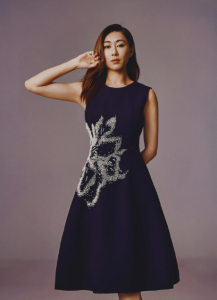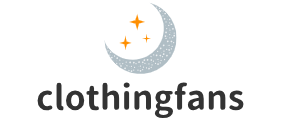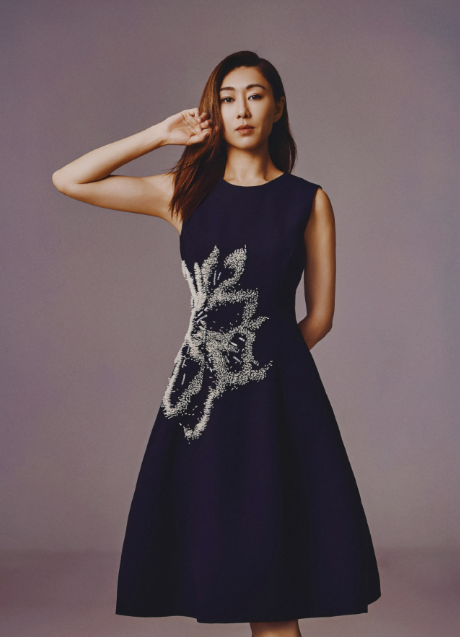Fashion is a form of self-expression that transcends boundaries and speaks to the individuality of each person. In recent years, the fashion industry has undergone a transformative shift, recognizing the importance of embracing diversity and inclusivity. This article celebrates the strides made in inclusive fashion, highlighting the significance of representation, accessibility, and celebrating the rich tapestry of styles that reflect the diversity of the global community.

- Representation Matters:
The heart of inclusive fashion lies in representation. Explore the impact of diverse representation in advertising, fashion shows, and marketing campaigns. By showcasing individuals of different ethnicities, body sizes, abilities, and gender identities, the fashion industry is fostering a more inclusive narrative that resonates with a broader audience.
- Size Inclusivity:
Size inclusivity has become a focal point in the push for diversity within the fashion world. Discuss the positive shift towards offering a wide range of sizes, from petite to plus-size. Explore brands that are championing size inclusivity and promoting body positivity, breaking away from traditional beauty standards.
- Adaptive Clothing for All Abilities:
Highlight the importance of adaptive clothing designed to meet the needs of individuals with disabilities. Discuss innovations such as magnetic closures, adjustable features, and sensory-friendly fabrics that enhance both comfort and style. Inclusive fashion extends beyond aesthetics, acknowledging and catering to a diverse range of physical abilities.
- Cultural Diversity and Heritage:
Fashion is a powerful vehicle for celebrating cultural diversity and heritage. Explore how designers are incorporating traditional elements from different cultures into their collections, fostering cross-cultural appreciation. Discuss the significance of cultural sensitivity in fashion, ensuring that inspiration is drawn respectfully and authentically.
- Gender-Neutral and Non-Binary Fashion:
The evolution of fashion includes a move towards gender-neutral and non-binary designs. Explore how designers are challenging traditional gender norms, creating clothing that is inclusive and affirming for individuals across the gender spectrum. Discuss the impact of this shift on promoting a more fluid and accepting understanding of gender in fashion.
- Accessible Fashion for All Budgets:
Inclusivity in fashion extends to accessibility in terms of affordability. Discuss brands that prioritize offering a wide range of price points, making stylish clothing accessible to individuals with varying budgets. The democratization of fashion ensures that everyone can participate in expressing their personal style.
- Breaking Stereotypes:
Inclusive fashion is breaking down stereotypes and challenging preconceived notions about who can wear what. Explore how the industry is moving away from limiting categories, encouraging individuals to explore styles that resonate with their identities rather than conforming to societal expectations.
- The Impact of Inclusive Fashion Events:
Inclusive fashion events and runway shows are becoming platforms for change. Discuss the significance of events that highlight diversity, featuring models of different backgrounds, abilities, and ages. These events are not only shifting the narrative within the industry but also influencing societal perceptions of beauty and style.
Conclusion:
Inclusive fashion is a celebration of the rich diversity that defines our global community. From size inclusivity and adaptive clothing to cultural appreciation and gender-neutral designs, the industry is evolving to embrace the unique beauty of every individual. By championing inclusive fashion, we not only redefine beauty standards but also contribute to a more empathetic, accepting, and celebratory world of style.





